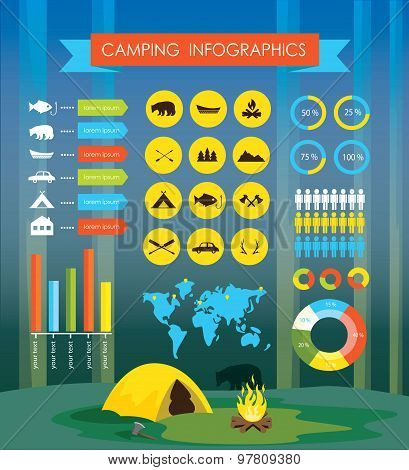Rain flies are a vital accessory for wall tents. They increase the ability of an outdoor tents to secure campers from extreme weather while offering added comfort and sturdiness.
Normal cleansing of a rainfall fly keeps mud, mold, and particles from destroying it. Additionally, making certain the appropriate stress of a rainfly prevents it from drooping and enabling water to collect below.
Weather Resistant Products
The material made use of in construction tasks can affect the long life and resilience of the task. Choosing weather-resistant products helps reduce upkeep costs and conserves resources for future repair service and replacement.
Wood may not be the initial material that enters your mind when discussing weather condition resistance, yet it is extremely sturdy when correctly treated with chemicals. Cedar, redwood, and teak wood are examples of normally rot-resistant timbers utilized to make a variety of outside furnishings and structures.
High-performance canvas wall camping tents are designed to stand up to wetness and keep campers comfy. It is important to clean canvas and camping tents regularly to remove dust, mud, and dust. It is likewise vital to rinse off any type of deposit from the canvas camping tent prior to saving it away for use. Prevent making use of bleach, as it damages the water-resistance treatment and makes the tent more at risk to leak. Additionally, a soft brush and a pipe can be used to extensively scrub the canvas camping tent and wash it off with water up until it is totally filled.
UV Exposure
Unless a camping tent is made from UV-resistant fabric, long term direct exposure to sunlight will certainly trigger it to deteriorate. This holds true of all materials, but it's especially pronounced for camping tents and canvas structures due to how much they're made use of in outdoor setups. UV radiation can trigger dyes to break down, leading to a loss of shade vibrancy.
A rainfly protects wall surface tents from these damaging UV rays by reflecting them before they can pass through the structure and reach your skin. It's important to select a rainfly with a UPF ranking of 50 or higher to obtain optimal UV defense.
A rainfly also assists regulate the temperature level inside a yurt camping tent depending on the period. A lighter rainfly can keep camping tents from soaking up excessive heat in the summer season, while a heavier rainfall fly can aid prevent warm from running away the tent throughout cooler months. In either case, these extra layers of insulation can substantially extend a camping tent's life-span.
Dampness Damage
Canvas camping tents are rather resilient and can last 15-30 years with thorough treatment, but even one of the most high-performance canvas is not unsusceptible downpours. A rain fly or fly sheet includes a layer of defense for the roof of your canvas tent and assists stop dampness damage.
Condensation, mold, and mildew are not just unattractive, however they can likewise destroy the structural honesty of your canvas outdoor tents. Protecting against these troubles is simple, however it needs precise care and attention to detail.
Make it a habit to evaluate your outdoor tents in the early morning and eliminate any all-natural condensation, dew, or snow that has actually collected externally. Afterward, be sure to spread your outdoor tents out in an open location and make use of a soft brush to scrub away any type of mold and mold that has actually developed. Once you have gotten rid of the impacted areas, re-treat the tent with a mold and mildew awesome service and wash it extensively to avoid any type of future infestations.
Wetness Accumulation
While typical, condensation can harm products if left unattended. The good news is, positive techniques like wiping surface areas and airing out outdoors tents decrease condensation' influence.
Tent material, climate conditions and use patterns add to condensation degrees. Sailcloth, as an example, withstands water vapor evaporation and has a tendency to display handmade droplets quicker than polyester or nylon choices. Understanding this distinction informs just how camping tent proprietors handle condensation.
Occupant's breathed out breath and wet garments and equipment spike moisture levels. An absence of ventilation approaches enables moisture to condense when cozy indoor air satisfies cooler surface temperature levels. This cycle magnifies on damp evenings or when a camping tent is placed in low places. Checking and wiping outdoor tents surfaces immediately after cooling down urges wetness to disperse prior to destructive textiles or creating mold. Local air flow, such as directing a fan toward joints, more aids the process. Recognizing one of the most susceptible locations of a tent, like high ridges and edges, helps campers improve their dampness administration routines.
